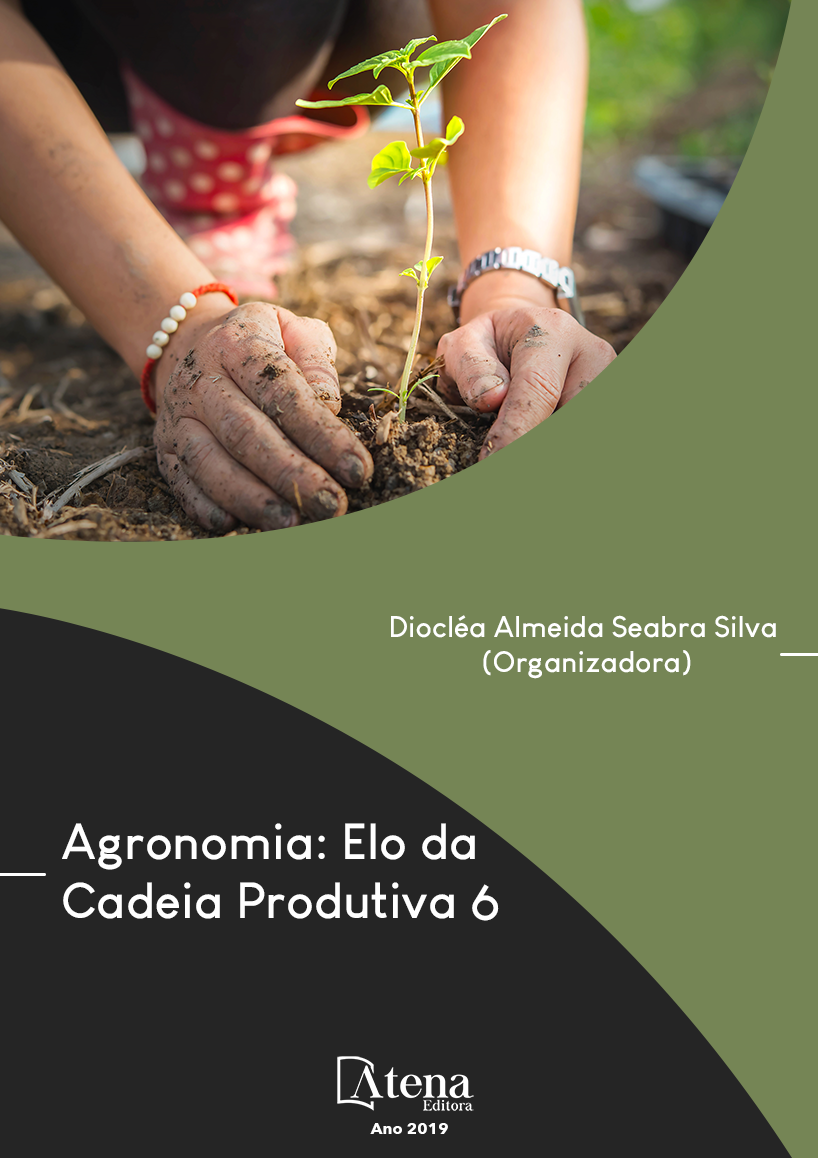
PROGNOSE DO VOLUME DE MADEIRA EM FLORESTAS EQUIÂNEAS POR MEIO DE MODELOS AGROMETEOROLÓGICOS DE REDES NEURAIS ARTIFICIAIS
Diversas ferramentas computacionais
e de modelagem matemática têm sido utilizadas
com êxito em situações de tomada de decisão
no setor florestal, destacando-se as Redes
Neurais Artificiais (RNA). Diante do exposto, o
trabalho visa elucidar as seguintes questões:
i) A redução do número de variáveis por meio
de métodos de ordenação pode otimizar a
construção de modelos de redes neurais para
estimação da prognose do volume de madeira?
ii) Existe diferença significativa entre prognoses
realizadas por meio de diferentes métodos? iii)
Qual o modelo mais eficiente para a realização
da prognose do inventário florestal para a
região do leste de Minas Gerais? Utilizouse 3 metodologias: i) modelos construídos
com a ordenação da Correlação de Pearson;
ii) modelos construídos com a ordenação
do Método de Garson; e iii) Modelo Híbrido.
Todos os processamentos foram realizados no
software Neuro AgroClimate. Houve diferença
significativa entre os três modelos analisado, e
a rede que apresentou o menor valor do RMSE
do teste (%) foi o modelo 12 da metodologia da
Correlação de Pearson. A seleção das variáveis
dependentes foi eficaz ao otimizar o tempo de
processamento das redes por se conhecer as
variáveis do input
PROGNOSE DO VOLUME DE MADEIRA EM FLORESTAS EQUIÂNEAS POR MEIO DE MODELOS AGROMETEOROLÓGICOS DE REDES NEURAIS ARTIFICIAIS
-
DOI: 10.22533/at.ed.25019031216
-
Palavras-chave: Método de Garson; Correlação de Pearson; Neuro AgroClimate.
-
Keywords: Garson Method; Pearson Correlation; Neuro AgroClimate.
-
Abstract:
Several computational tools
and mathematical modeling have been used
successfully in decision-making situations in
the forestry sector, with emphasis on Artificial Neural Networks (RNA). In view of the above, the paper aims at elucidating the following
questions: i) Can the reduction of the number of variables by ordering methods optimize
the construction of neural network models to estimate the prognosis of the wood
volume? ii) Is there a significant difference between prognoses performed using different
methods? iii) What is the most efficient model for the prognosis of the forest inventory
for the eastern region of Minas Gerais? For the construction of the agrometeorological
models, three methodologies were used: i) models constructed according to the order of
the Pearson Correlation; ii) models constructed according to the ordering of the Garson
Method; and iii) Hybrid Model. All the processes were performed in the software Neuro
AgroClimate. There was a significant difference between the three models analyzed,
and the network that presented the lowest RMSE of the test value (%) was model 12
of the Pearson Correlation methodology. The selection of the dependent variables was
effective in optimizing the processing time of the networks when knowing the input
variables
-
Número de páginas: 15
- Aristides Ribeiro
- Leonardo Bonato Felix
- Aylen Ramos Freitas
- Mayra Luiza Marques da Silva
- Aline Edwiges Mazon de Alcântara
- Mariana Rodrigues Magalhães Romeiro


